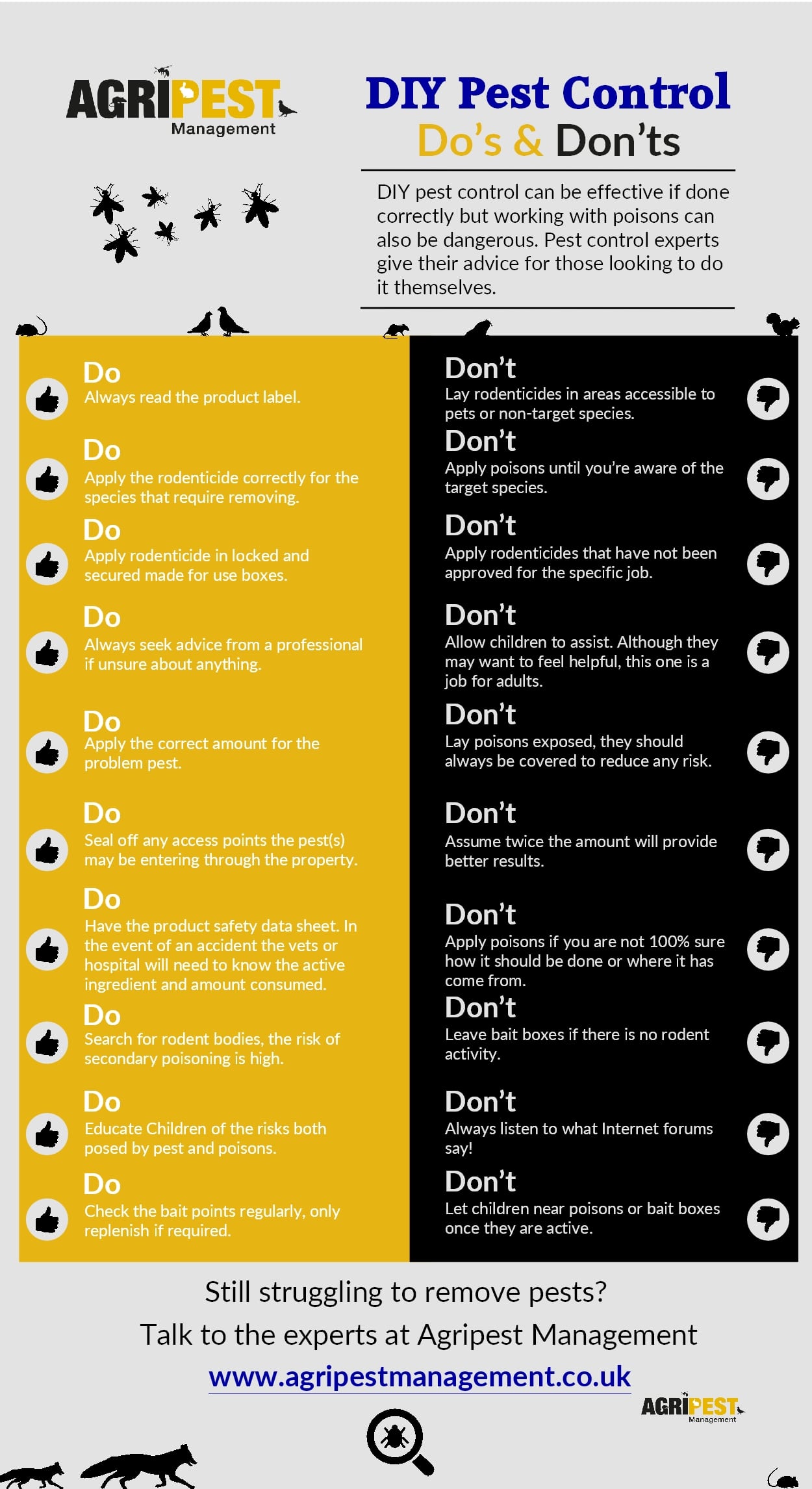Utilize Your Knowledge Of Rodent Nesting Habits To Outwit These Pest Monitoring Strategies
Utilize Your Knowledge Of Rodent Nesting Habits To Outwit These Pest Monitoring Strategies
Blog Article
Author-Lorenzen Krag
When it comes to rodent control, recognizing common rodent actions is vital to effectively managing problems. Did you know that rats have some interesting nesting habits that might amaze you? By exploring their intricate habits, you can acquire useful understandings right into just how to take on rodent problems in a much more tactical and efficient fashion. So, allow's unravel the mysteries behind these animals' actions and find out just how to outmaneuver them in your rodent control initiatives.
Rat Nesting Habits
When observing rodents in their natural habitat, you'll see that they proactively choose materials to construct their nests. Rodents, such as computer mice and rats, are resourceful animals that make use of a selection of items like twigs, leaves, paper, and textile to construct their homes. They're precise in their nest-building process, often lining their nests with softer products like fur or plumes to produce a comfortable atmosphere.
Rodents favor to build their nests in covert and secure areas to shield themselves and their young from killers. Usual nesting areas consist of wall surface cavities, attics, cellars, and even within insulation products. By creating their nests in these remote locations, rats can safely increase their offspring away from prospective threats.
It is essential to comprehend the nesting habits of rodents when applying control measures. By disrupting their nests or eliminating products, you can discourage rodents from establishing a presence in your house or property. Appropriate hygiene and sealing off access factors are likewise important action in stopping rodent invasions.
Rat Feeding Patterns
After observing rodents' nesting routines, it becomes evident that their feeding patterns play an important duty in their every day lives and actions. Rodents, including computer mice and rats, are opportunistic feeders, meaning they'll take in whatever food source is conveniently available. They're largely nighttime animals, choosing to forage for food throughout the cover of night to avoid killers.
Rats have a varied diet regimen, varying from grains, seeds, fruits, and vegetables to bugs, nuts, and even small animals. This versatility in their food options allows them to flourish in different settings, consisting of urban locations where human food resources are bountiful.
Their feeding patterns aren't just driven by cravings but additionally by the need to accumulate food for times of scarcity. This actions is specifically obvious to prepare for cold weather or when nesting. Rats are understood to hoard food in their nests or burrows, ensuring a consistent food supply. Recognizing https://wsbt.com/news/local/how-to-deal-with-nuisance-wild-animals feeding patterns is necessary in carrying out effective rodent control procedures to disrupt their food sources and prevent infestations.
Rodent Motion and Travel
Rats browse their surroundings with agility and stealth, using their keen detects to relocate swiftly through their environments. These creatures are skilled mountain climbers, able to scale wall surfaces and vertical surface areas easily. They can also squeeze with remarkably tiny openings, making it crucial to seal off any kind of prospective entry points in your house.
When it comes to taking a trip, rodents tend to comply with familiar courses, creating trails along walls or skirting the sides of areas. They're creatures of habit, usually staying with these developed paths as they forage for food or discover their environments.
Rats are understood for their nighttime practices, so you may hear them scurrying about at night as they search for food and water. Their activities are quick and irregular, enabling them to dart in and out of view in the blink of an eye.
Understanding exactly how rodents relocate and take a trip can help you determine prospective invasion locations in your house and take aggressive steps to stop these insects from acquiring a footing.
Verdict
As you work to manage rodents in your house, bear in mind that understanding their habits is essential. By acknowledging their nesting practices, feeding patterns, and activity, you can effectively avoid invasions.
Together, by taking positive procedures to remove food sources and seal off access factors, you can disrupt their familiar courses and require them to seek out new places, eventually decreasing the likelihood of rodent existence in your home.
